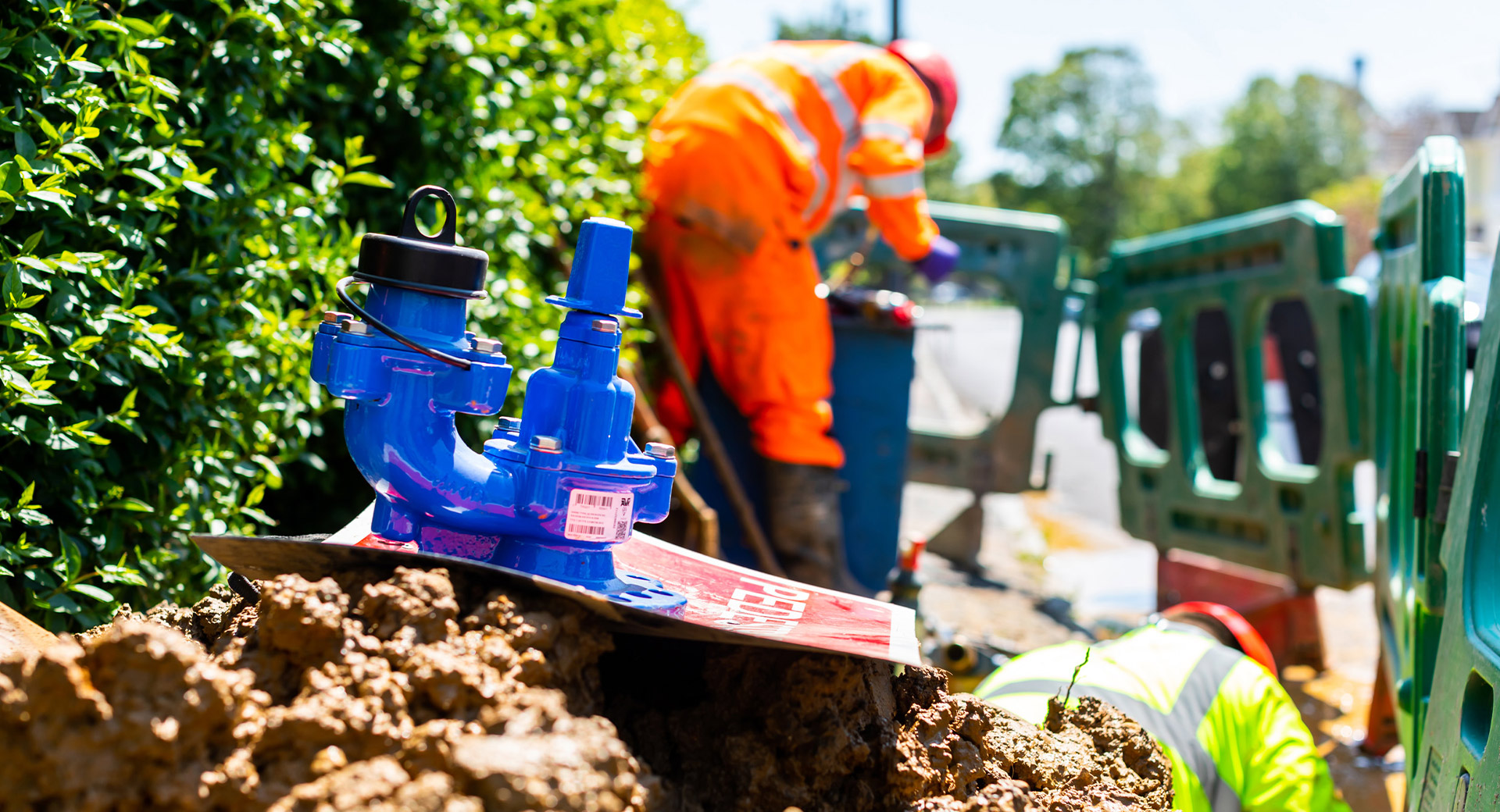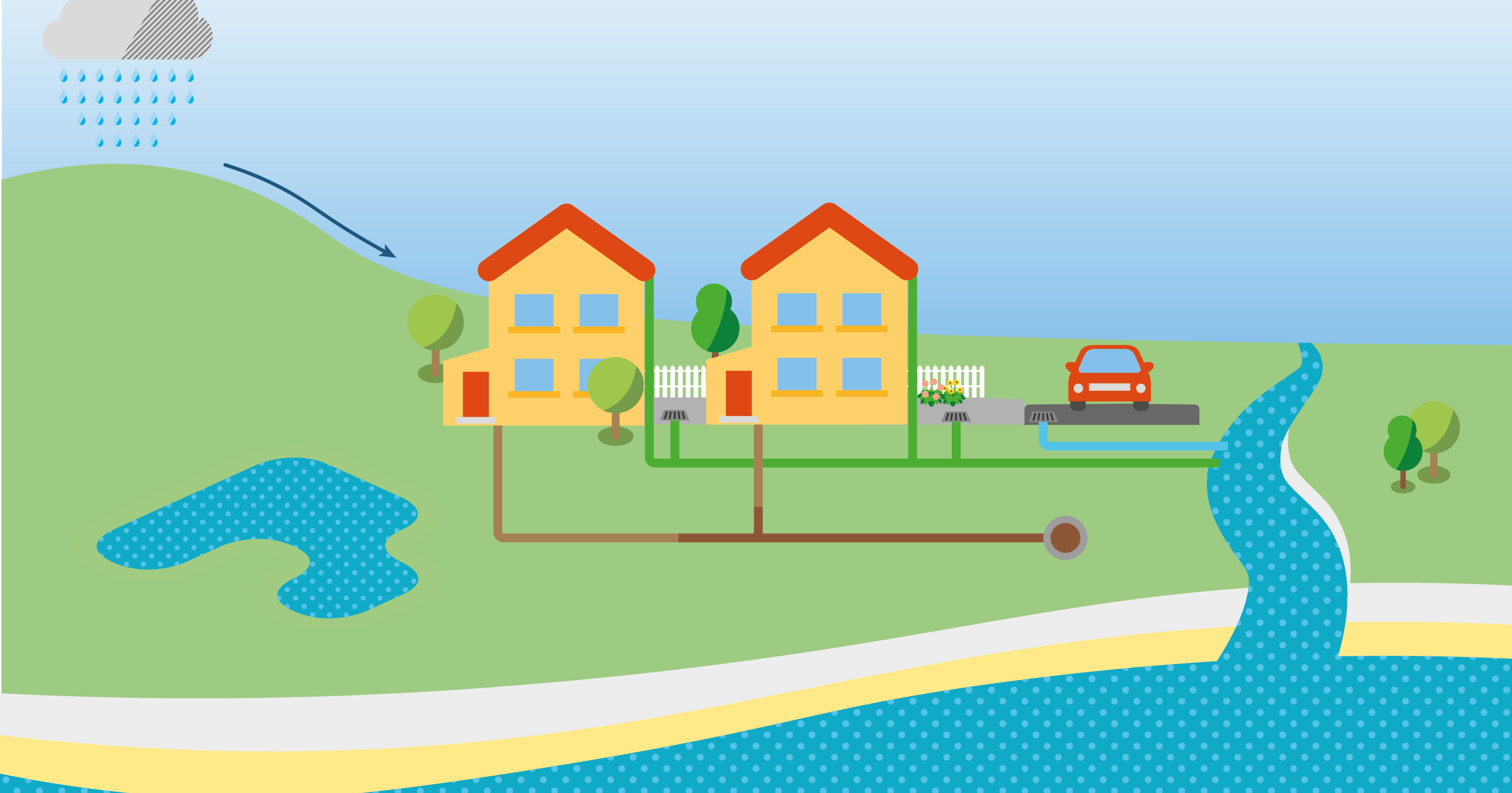What are we responsible for?
As a wastewater company, it’s our responsibility to make sure our customers can continue to use their wastewater services.
Our priority is to keep our sewers flowing and manage the flows they are built to carry to prevent flooding. This can include waste from toilets, sinks, showers and washing machines, as well as rainwater from roofs and driveways. In other words, all the water that ends up in your drains that we take away from your home via the sewage system.
We're not responsible for investigating groundwater, river flooding or surface water problems. This is the role of other agencies.
Why do wastewater floods happen?
We do our best to prevent flooding and most of the time, it’s a block in the sewer that’s the culprit. However, the impacts of population growth and climate change mean our network sometimes struggles to handle the millions of litres of floodwater that pass through it.
We work closely with other organisations to prevent flooding. Use the interactive infographic below to get an idea of who is responsible for what and where we fit in.






